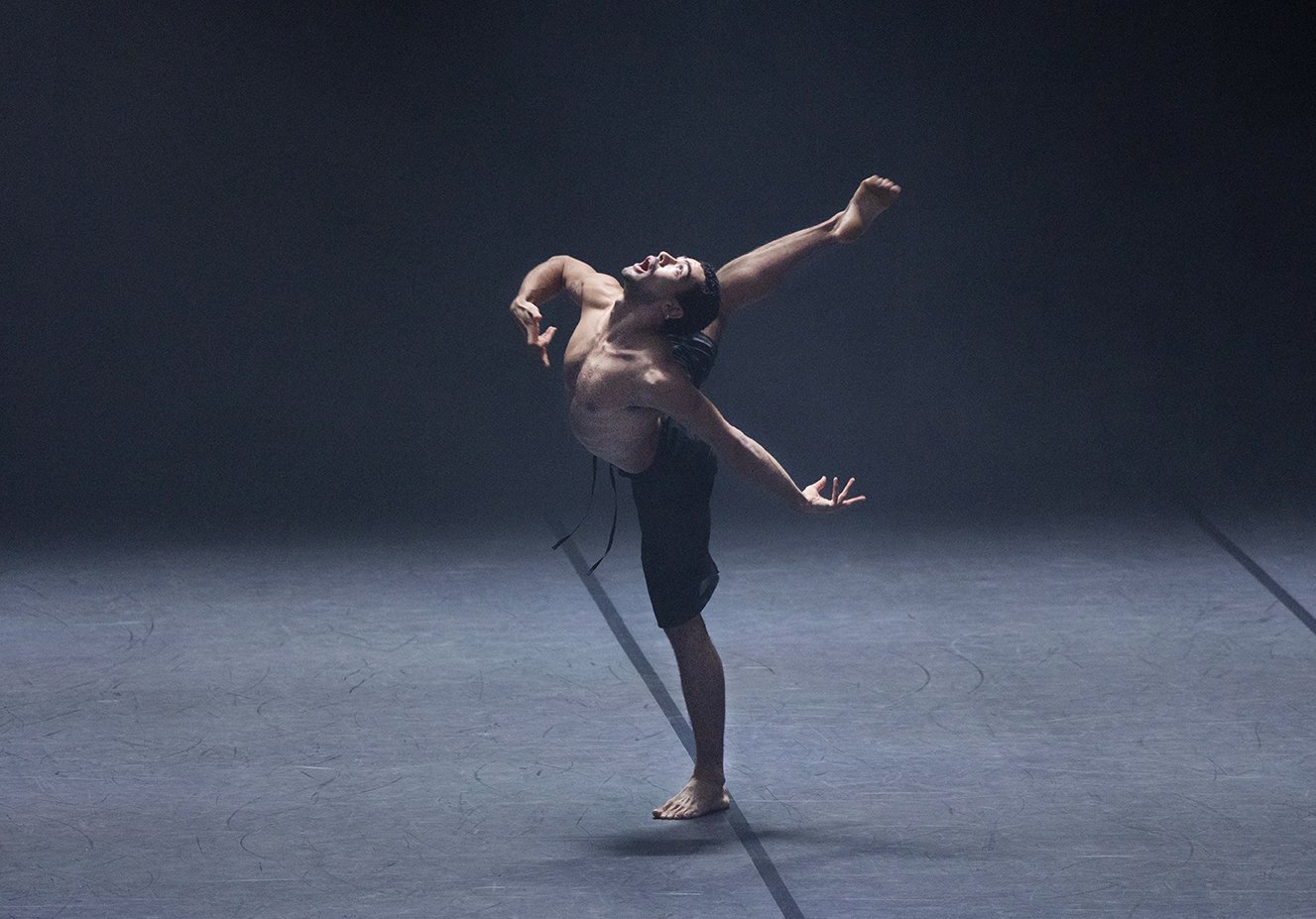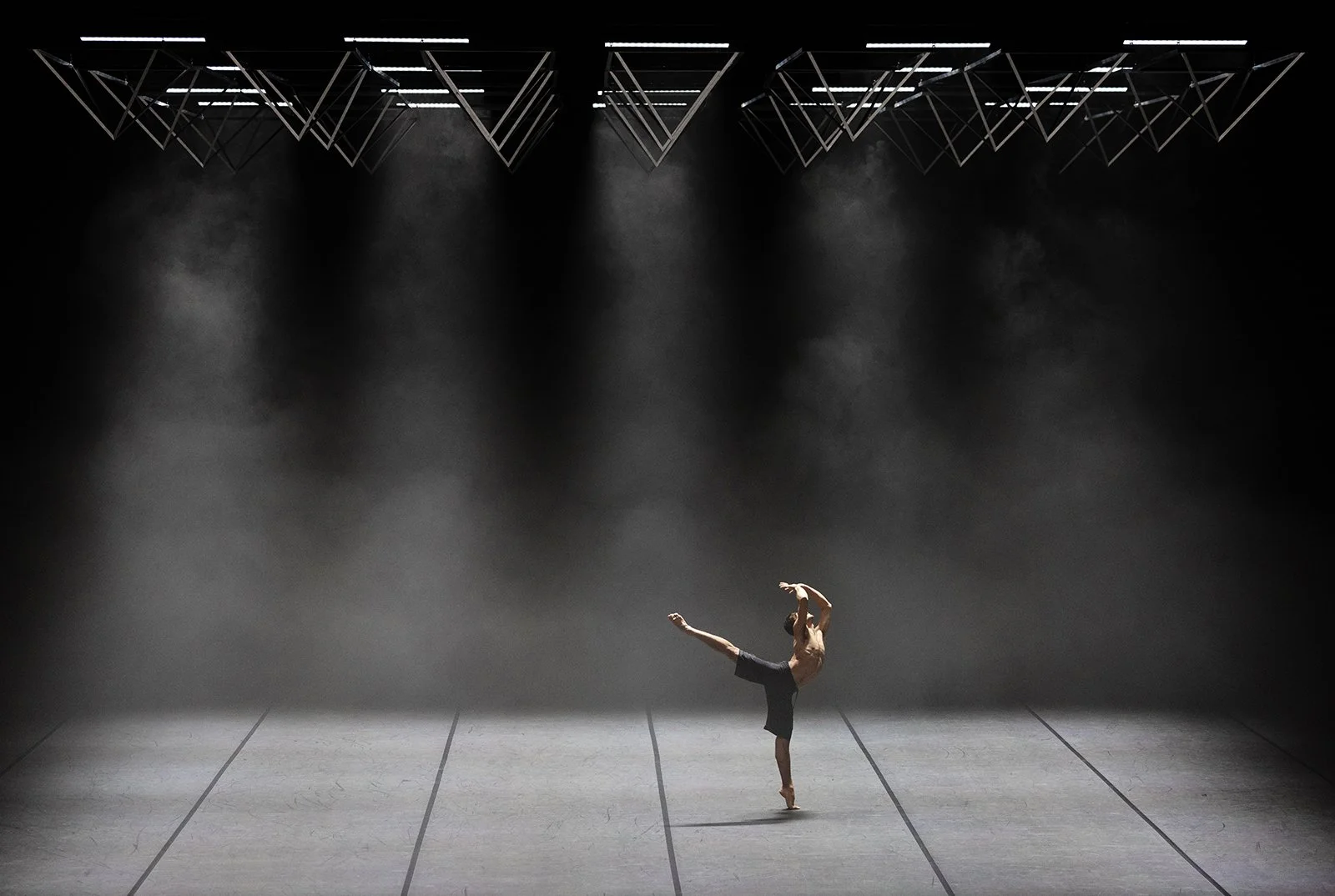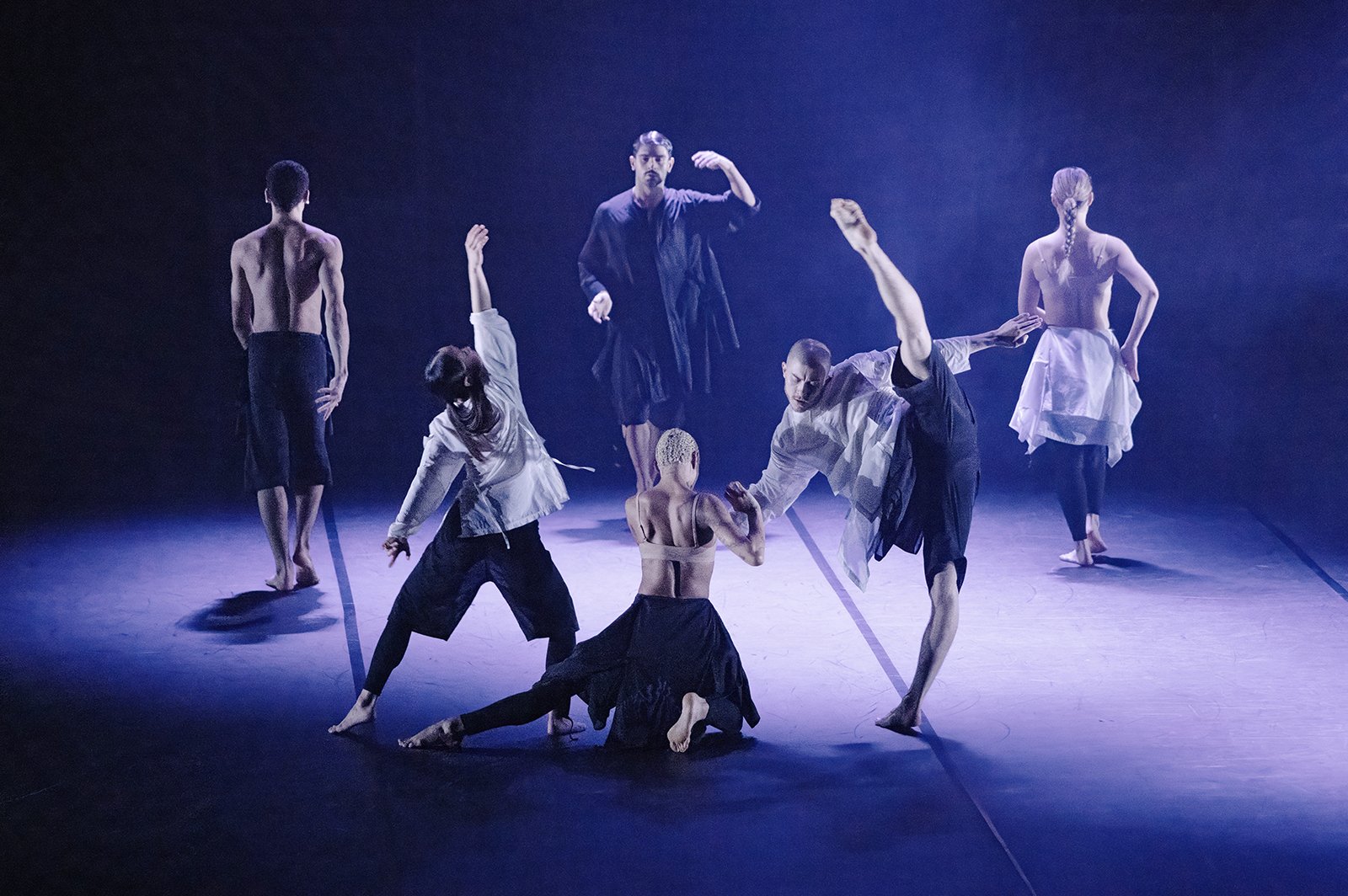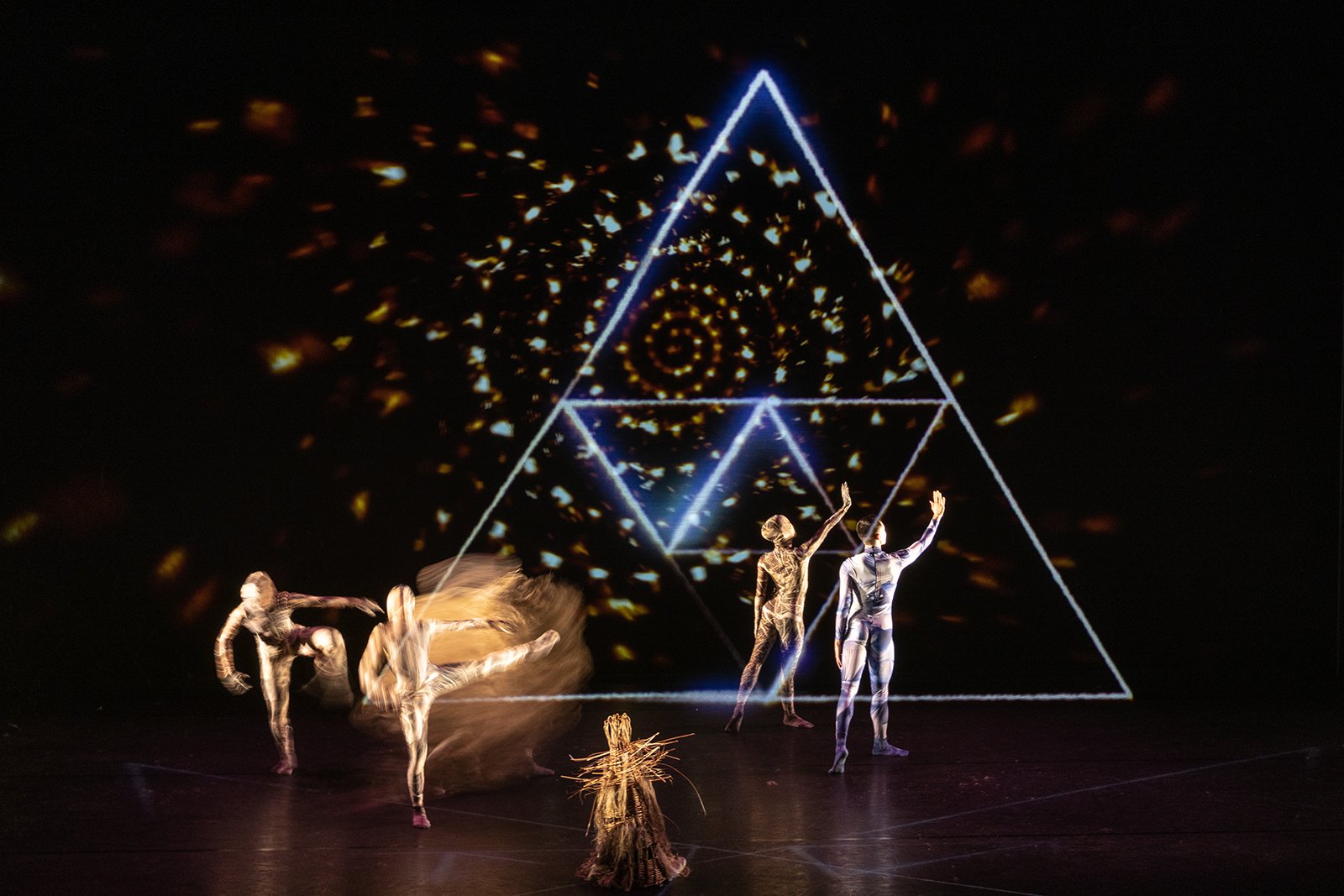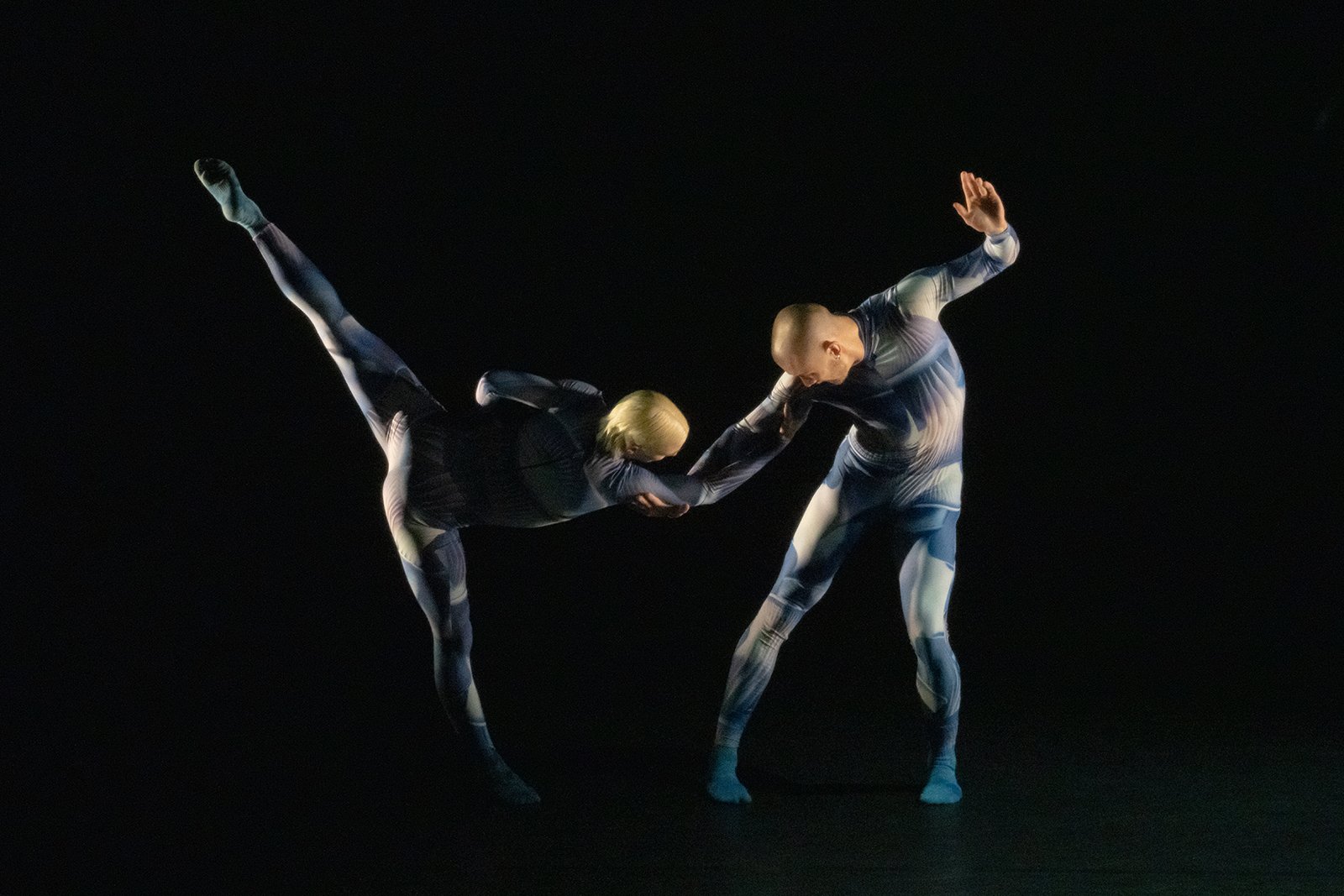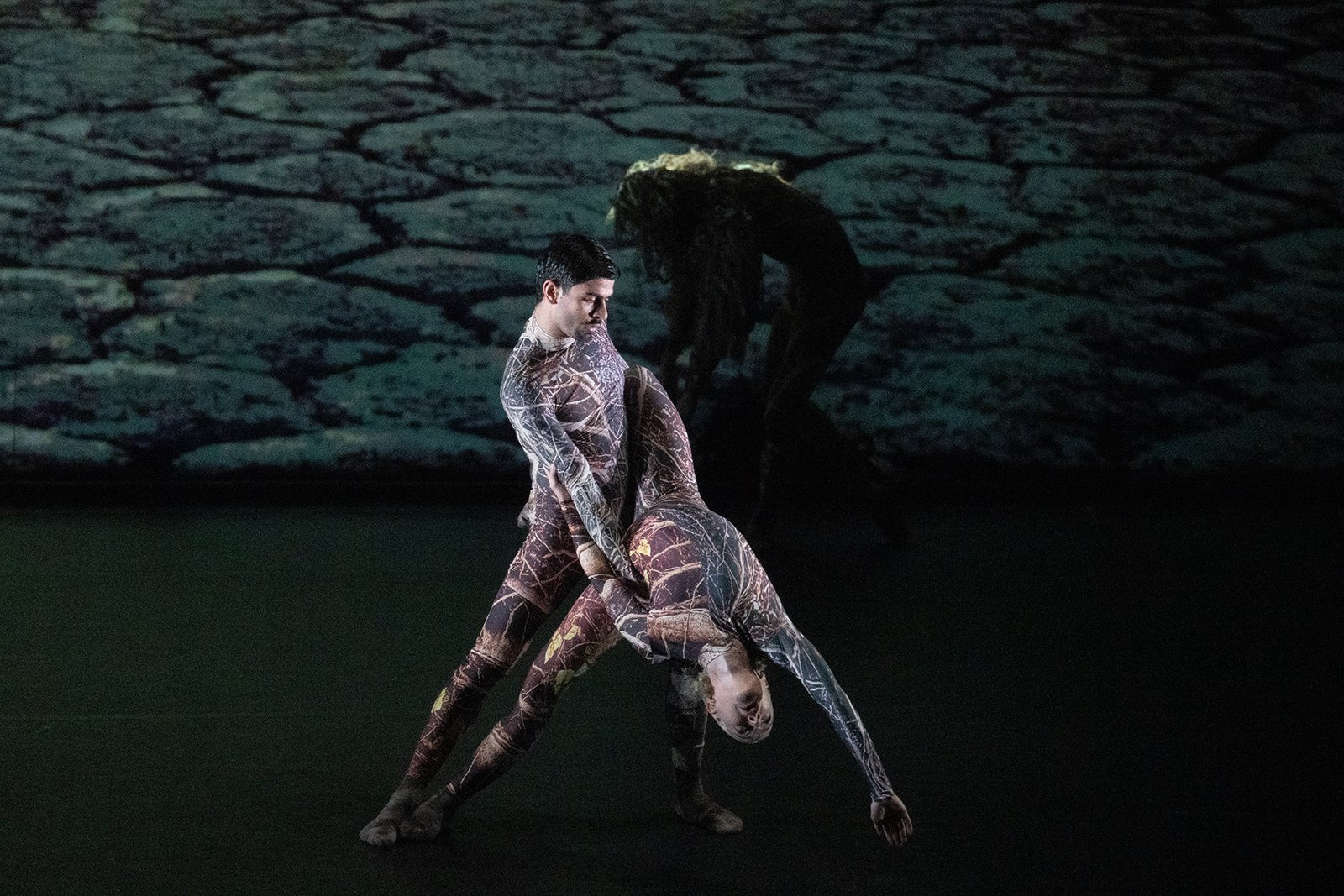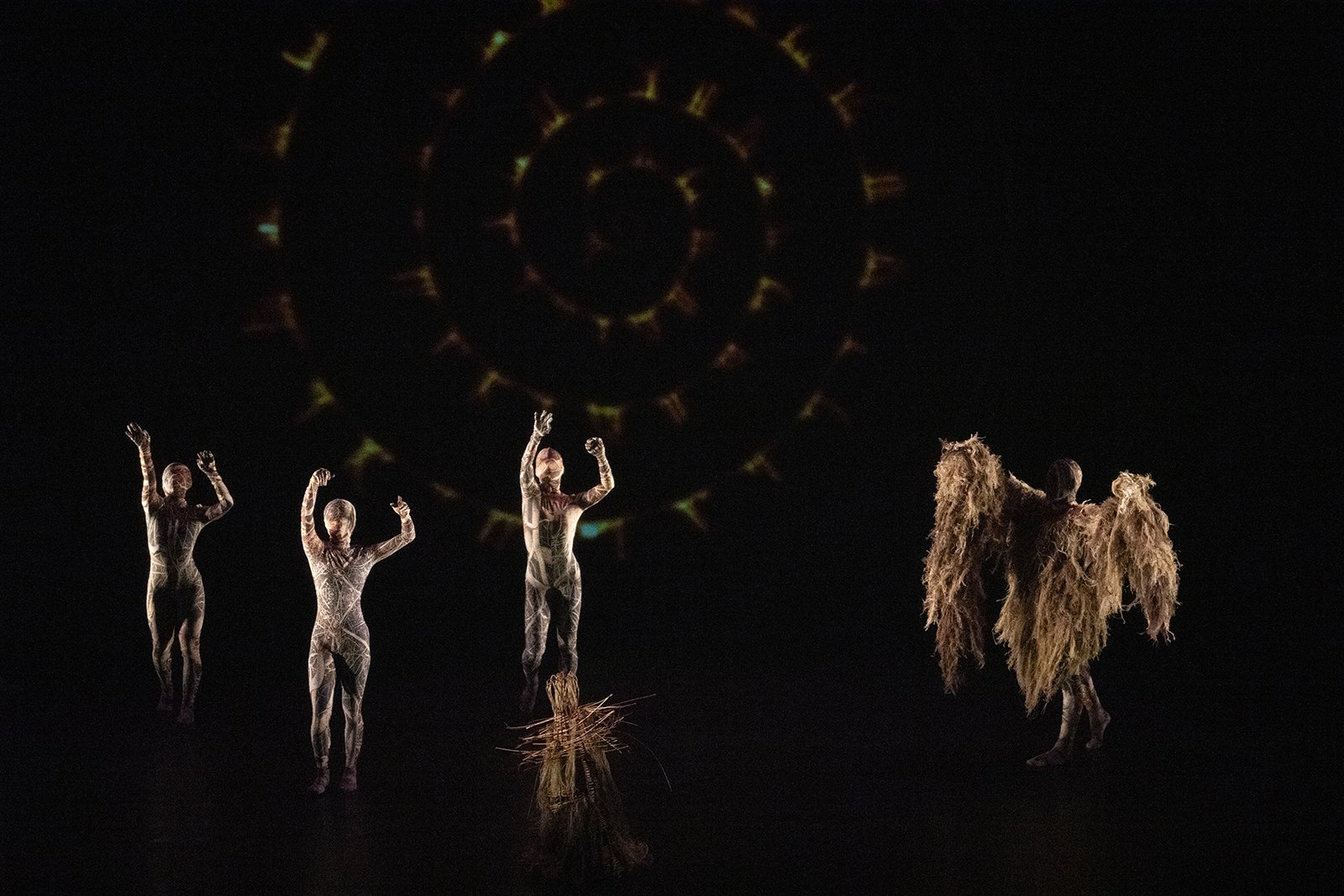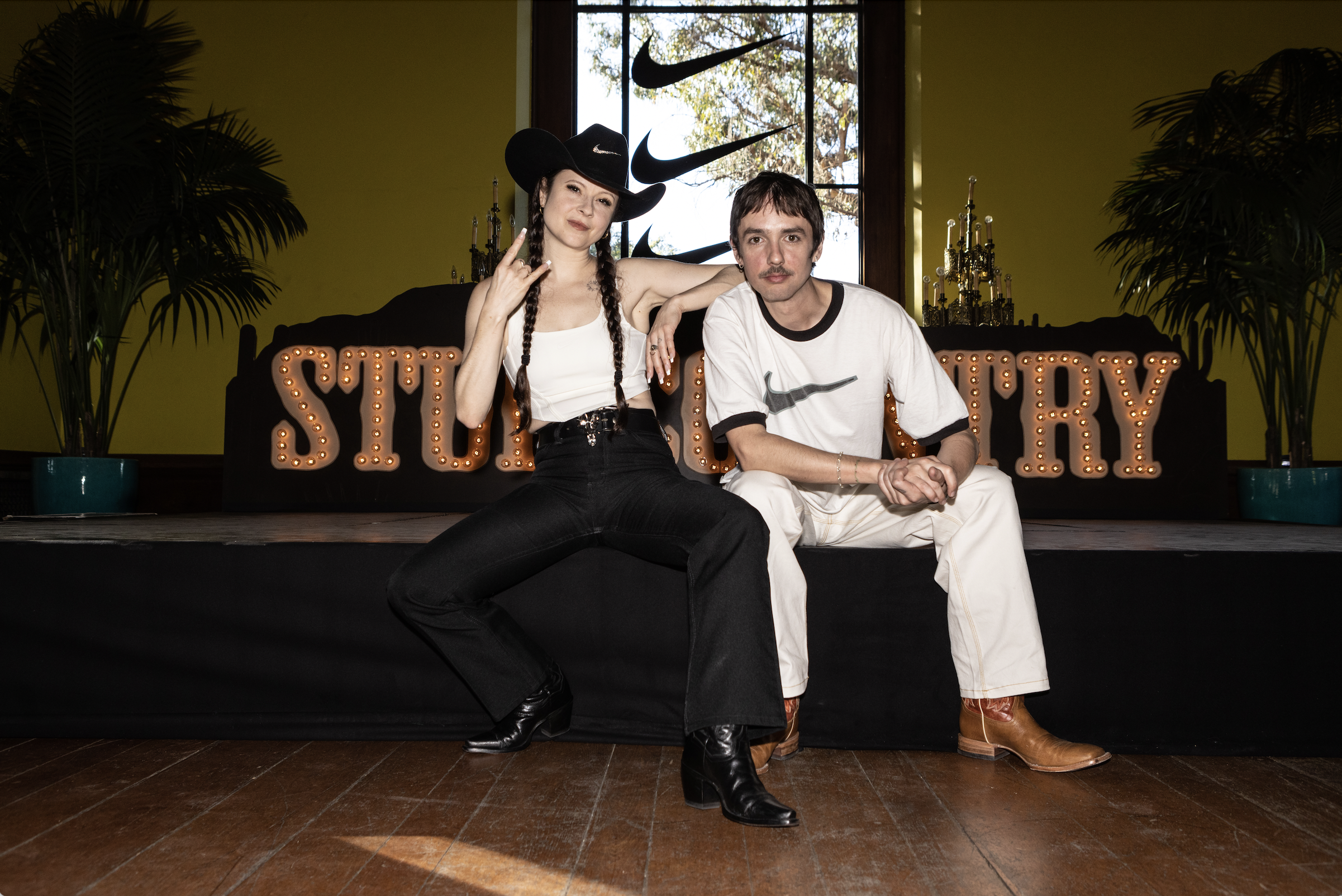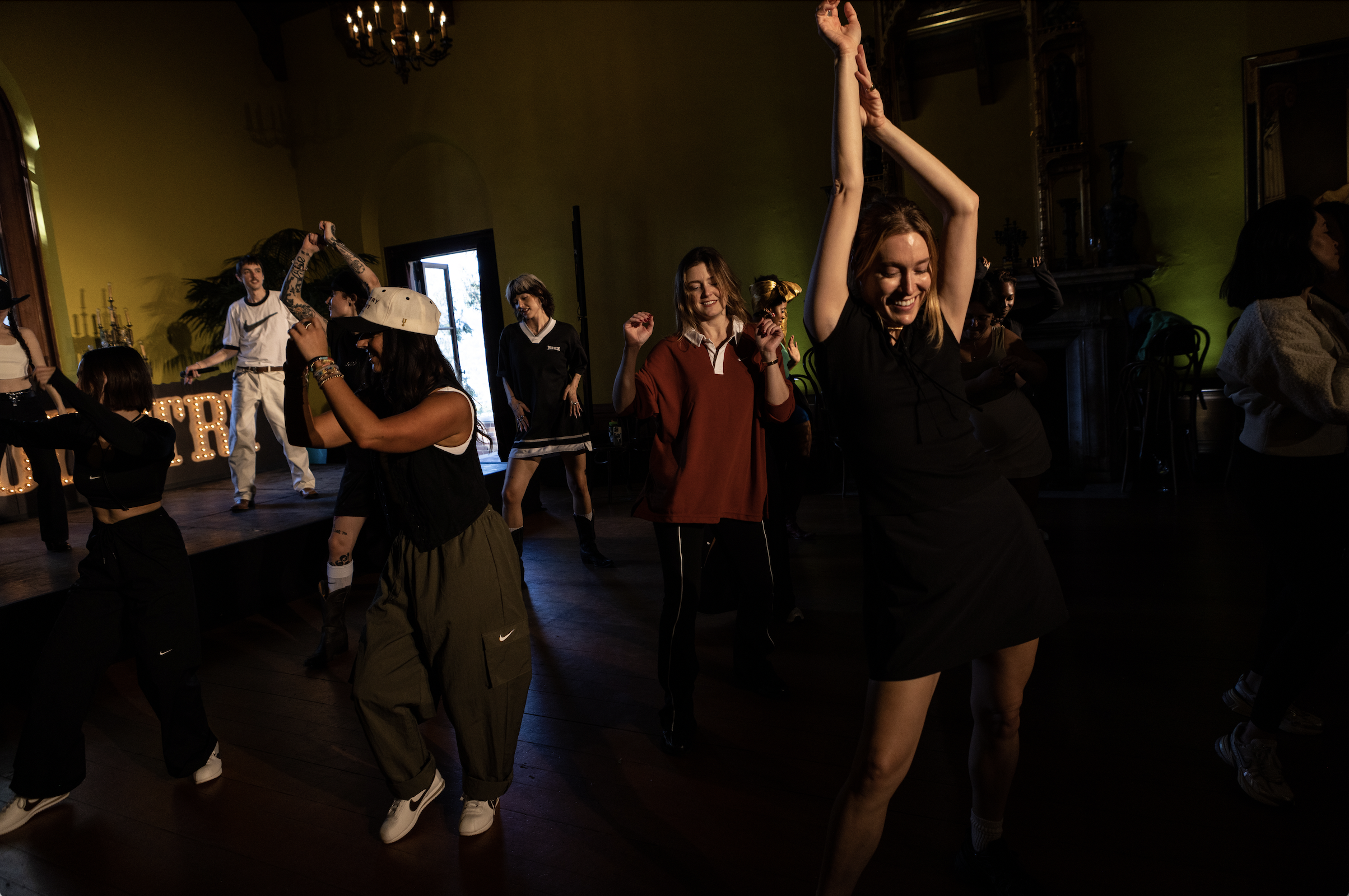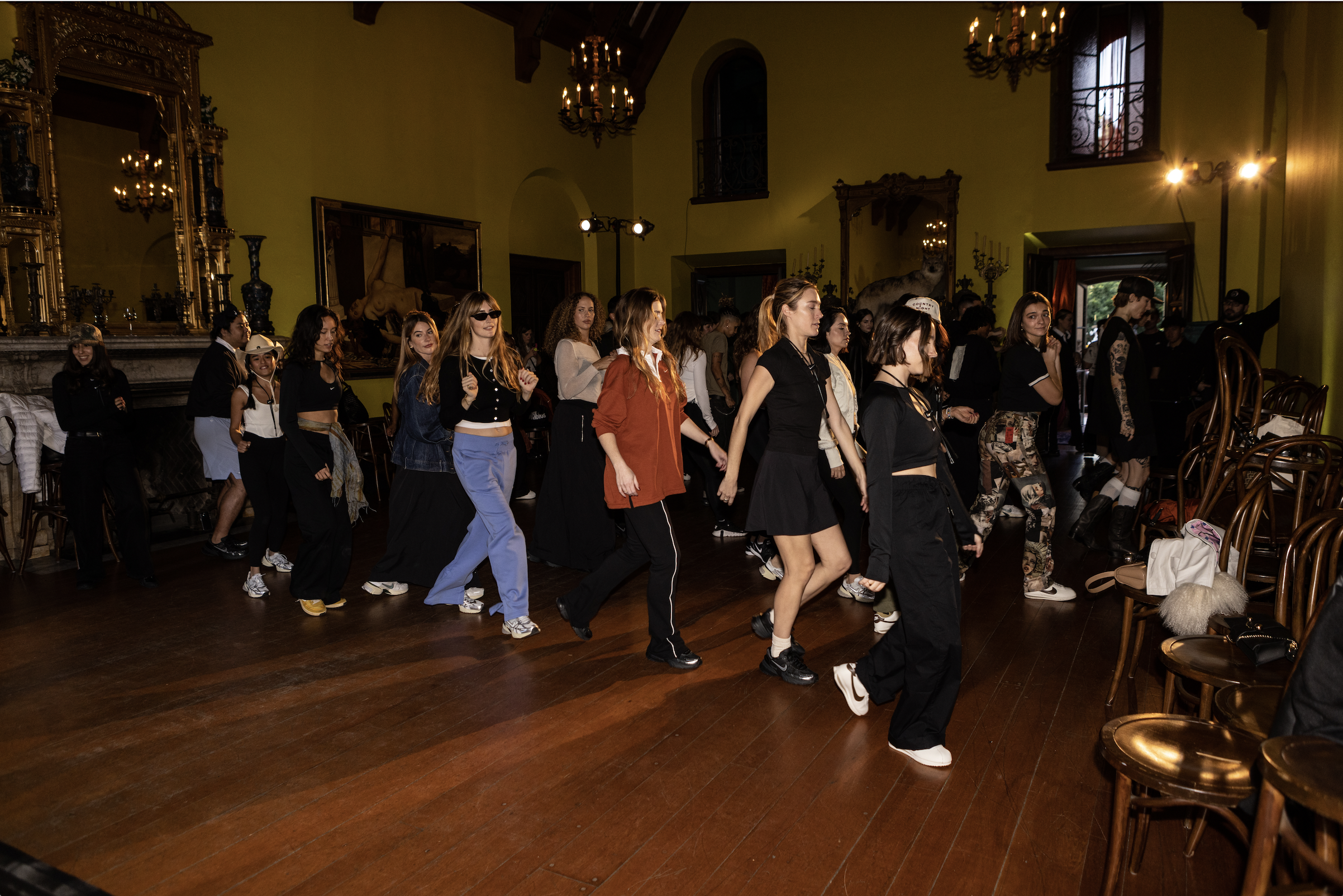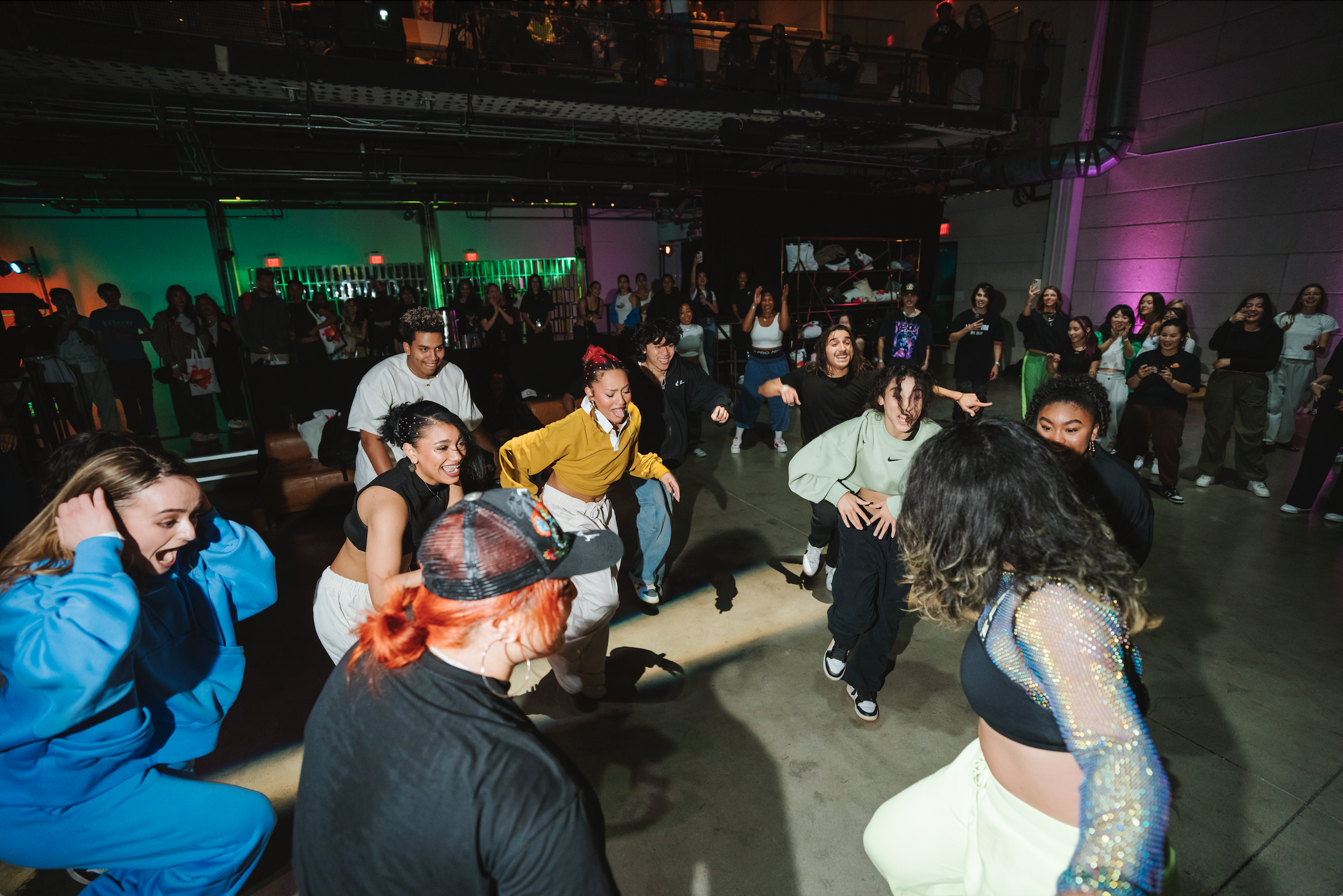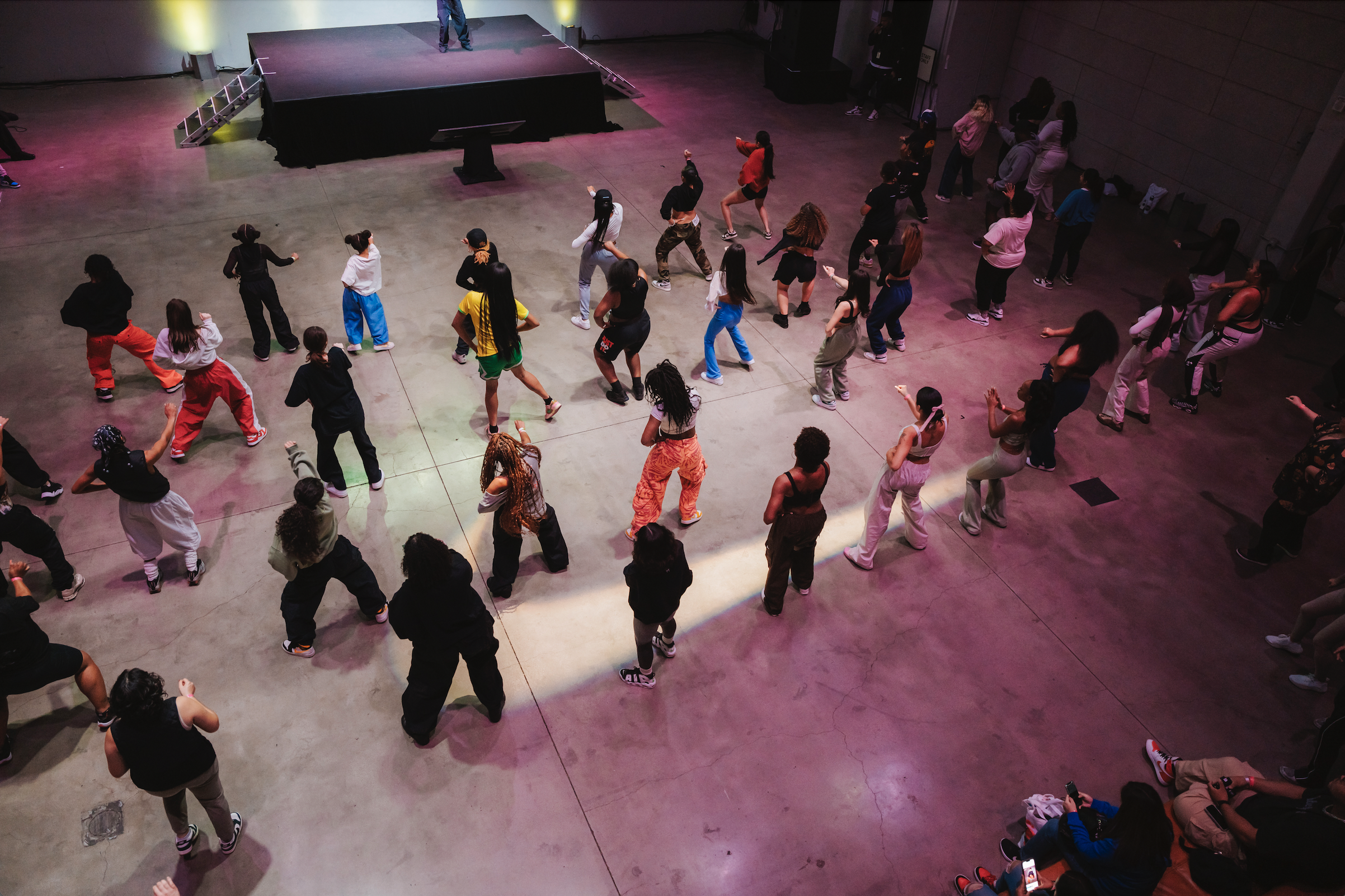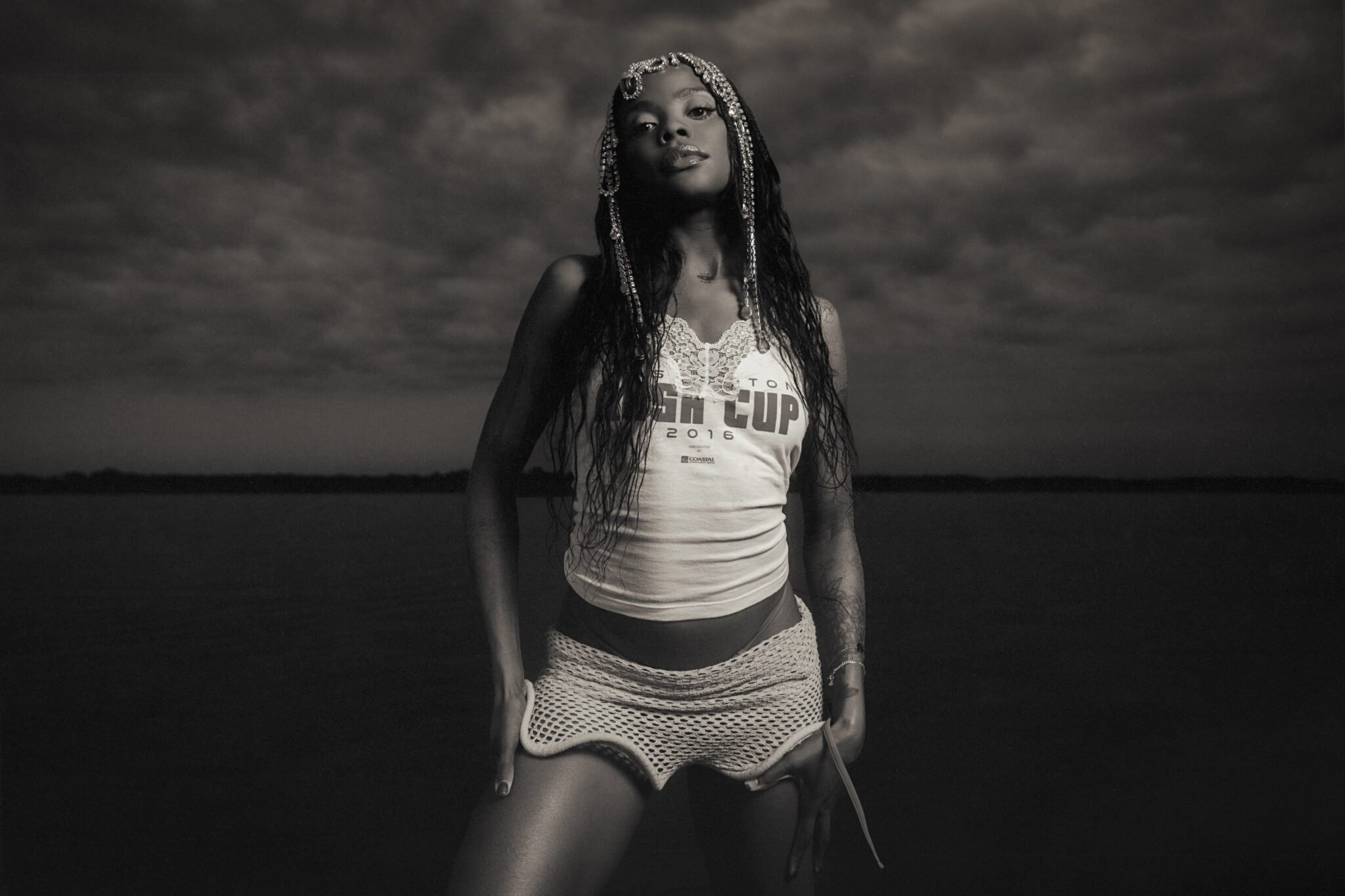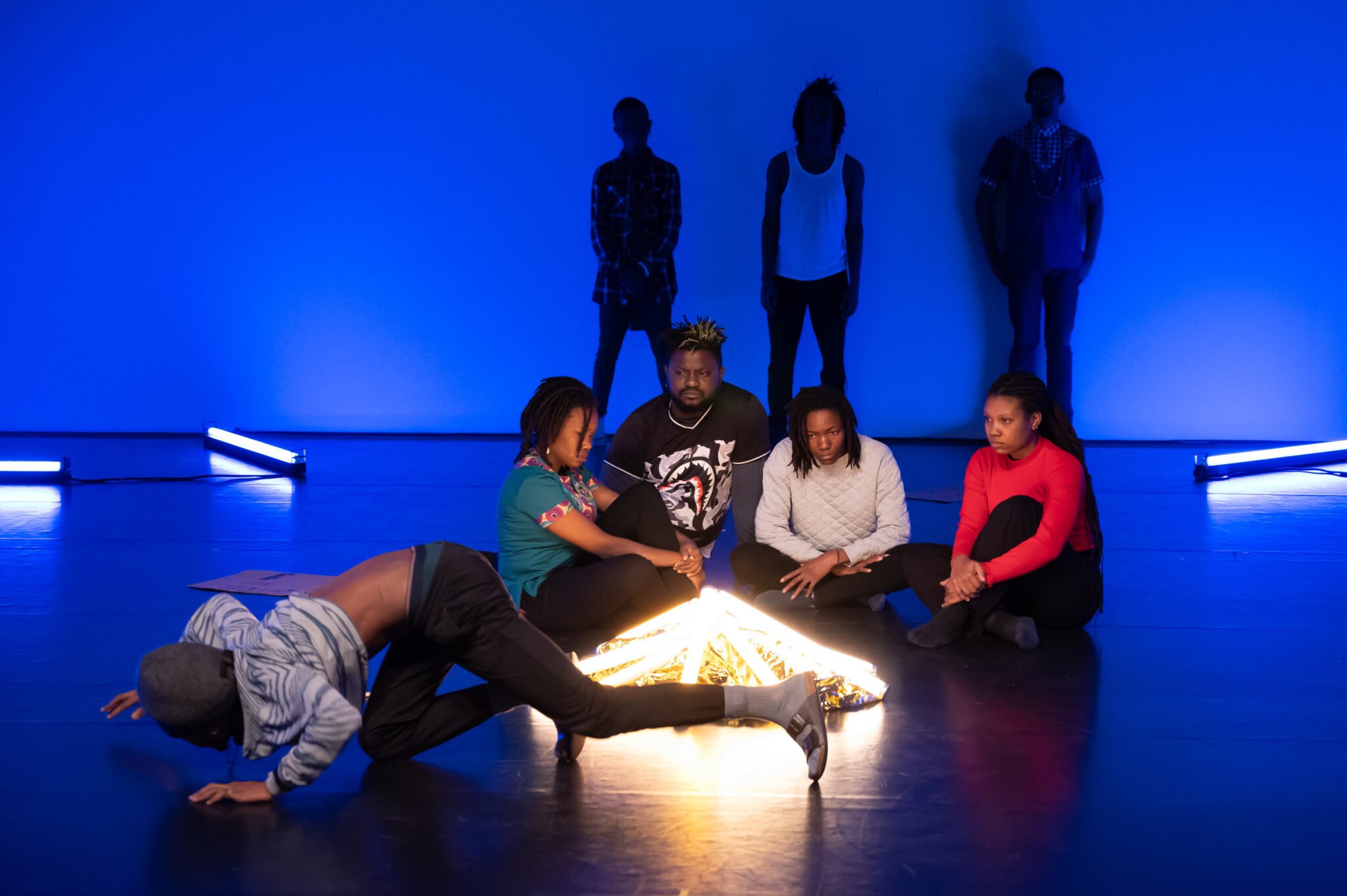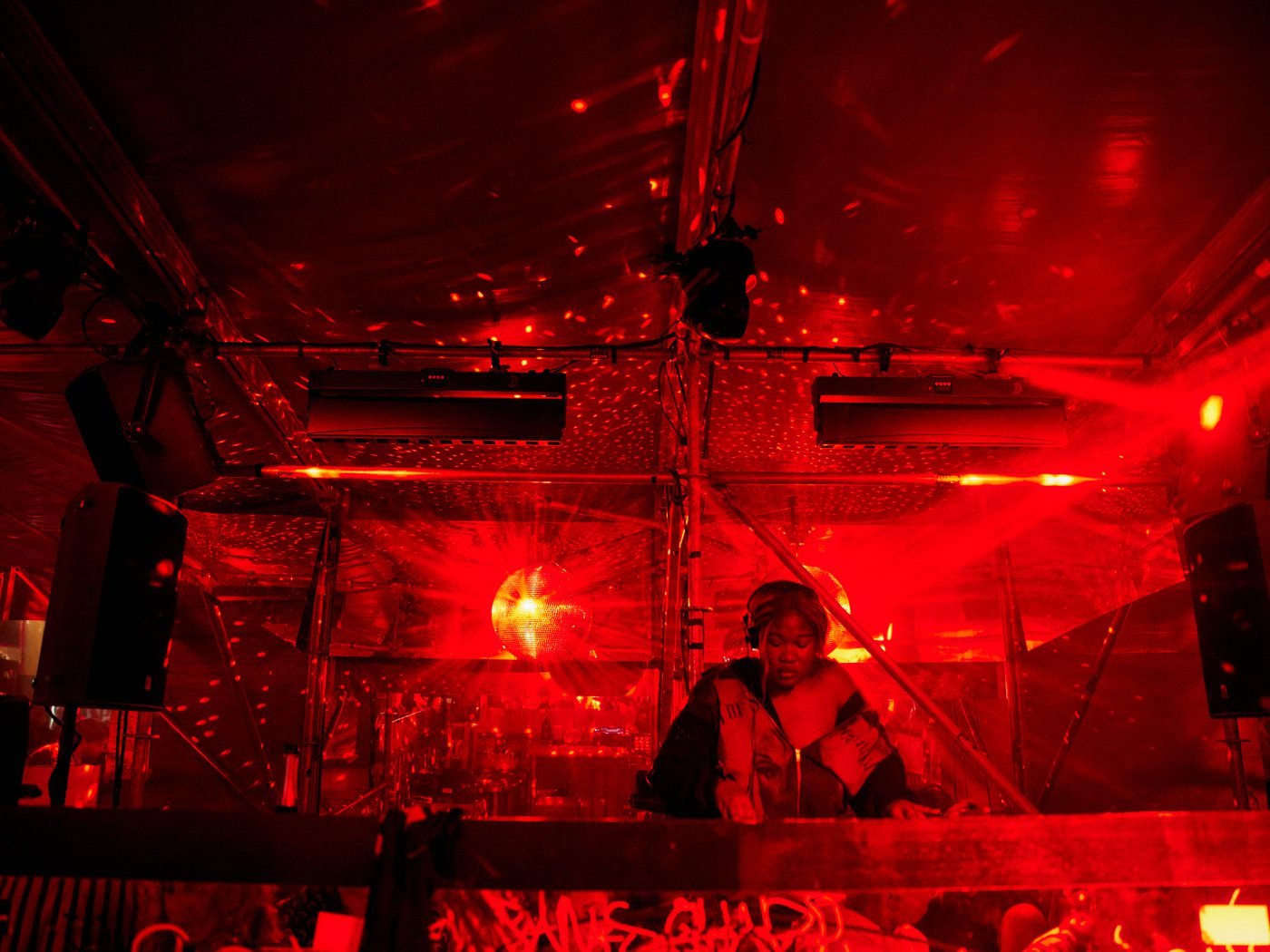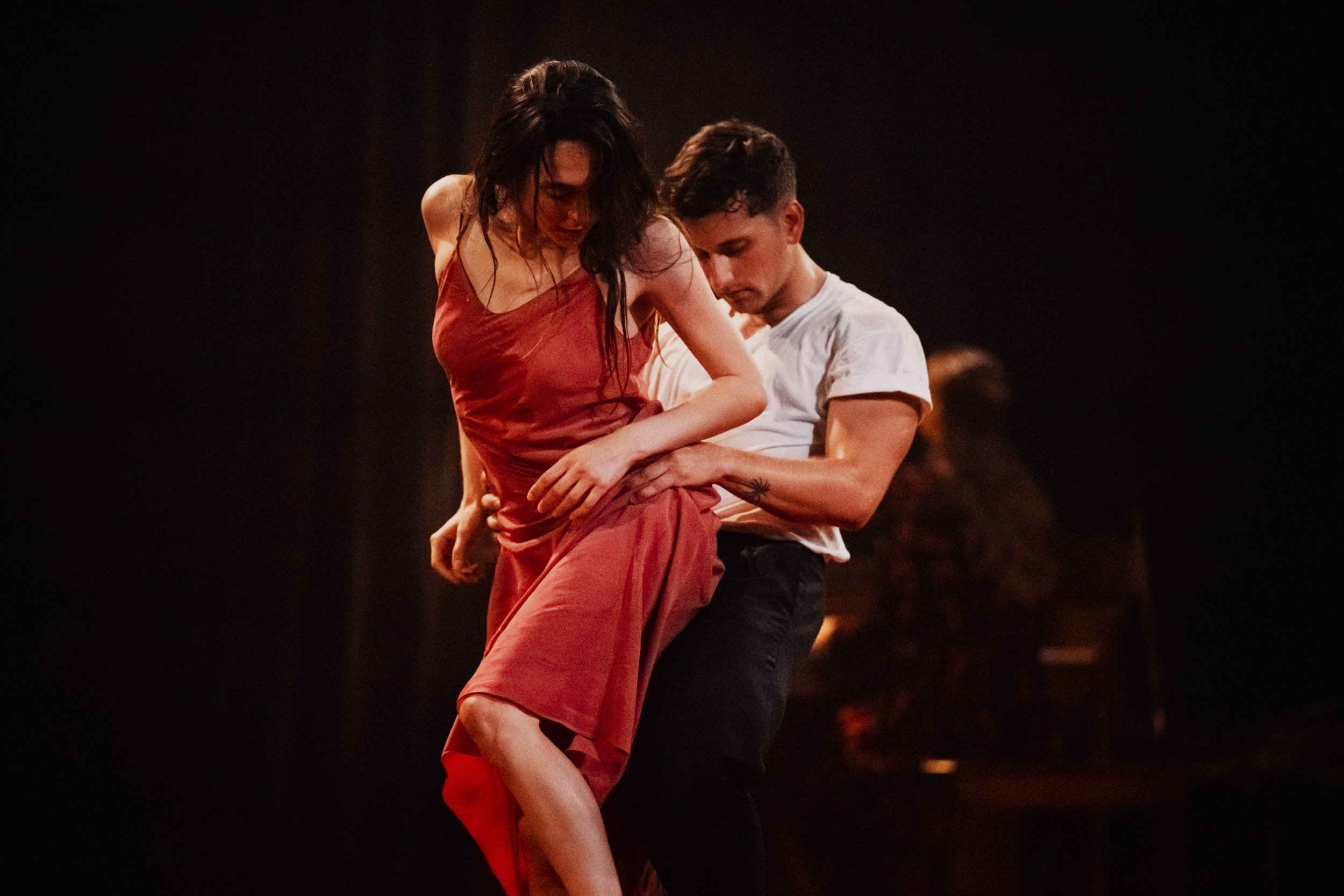text by Summer Bowie
photographs by Roman Koval
As feelings of isolation grow increasingly profound in our society, it seems logical that we would bifurcate our psyche in an effort to keep ourselves company. Julian Jaynes, an American psychologist, proposed that the human race began with what he called a bicameral mentality, where our inner monologue was believed to be the voice of external gods making commands. There was no self-reflection, no ability to perform executive ego functions, such as deliberate mind-wandering and conscious introspection. British philologist Arthur William Hope Adkins believed that ancient Greek civilization developed ego-centered psychology as an adaptation to living in city-states. Could it be possible that the development of those city-states into supermetropolises infinitely connected by social media might effectively bend the arc of our psychological universe back toward bicameralism? Might Narcissus look so deeply in the mirror that he would eventually forget its existence?
Volta Collective’s Loneliness Triptych comprises three acts and an epilogue, directed and choreographed by Mamie Green, with a live, original score by Dylan Fujioka. When the house doors open, the stage is occupied by a rotating, black office chair, a folding chair, a small area rug, and an inflatable mattress propped against the wall. The first act, titled “Doppelganger,” begins with two women played by Bella Allen and Anne Kim. They are dressed identically in white tanks and black pants. One lies down on the rug so that the other can roll her up like a fresh corpse. Our narrator, Raven Scott, watches from above, the twin dancers serving as stand-ins for her allegory’s rotating cast of characters. She walks down the stairs to a mysteriously ambient symphony of bells, strings, and keys recounting her experience with cinema escapism—a coping mechanism for loneliness so firmly tied to the 20th century that you could almost feel nostalgic for it. She speculates on whether movies might actually be able to watch us back and celebrates the cyclical nature of time captured on reels of celluloid. The dancers start this act as a duet while our narrator tells their story. By the end, our narrator becomes integrated into the dance, the divide between subject and objects dissolves, forming endless constellations of triplets.
From the red velvet seats of the movie theater, we’re thrust into the 21st century with “Camgirl,” the second act, written by Lily Lady and played by themself and Mandolin Burns. Sonically, it feels as though we’re in a yoga studio and our heroes aren’t dressed identically, but their shared vibe is equal parts casual and sexy. They walk toward each other from opposite corners of the stage and meet in the center with the inflatable mattress. Lady rolls like a log across the mattress, mirroring the opening of the first act with the rug. Our camgirl doesn’t need a camera. Its existence is as inherent as the audience they can scarcely see behind the stage lights. In Ways of Seeing, John Berger wrote: “A woman must continually watch herself. She is almost continually accompanied by her own image of herself. Whilst she is walking across a room or whilst she is weeping at the death of her father, she can scarcely avoid envisaging herself walking or weeping.” Lady claims that they’ll do anything to avoid pain as their alter ego supports them through endless bouts of self-pity. The two embrace from either side of the mattress, and move together as a trio that is only two-thirds human. The mattress slowly deflates until the two melt into an embrace on the floor. The lights go red and the music gets industrial. Our dancers skip together across the stage; Burn fires on all cylinders in a solo dance that ends with her wrapping the deflated mattress around her body like a dress while Lady watches and contemplates a “form of introspection that ceases to be disaffected and self-indulgent.”
Act three, “The Kid,” eschews the text, pulling us into a pure movement experience with the office chair performed by Ryan Green and Ryley Polak. Practically indistinguishable in size and shape, they form a twisted counterbalance on the chair as it spins slowly centerstage. I’m reminded of how difficult it is to truly carry the full weight of oneself—to be solely responsible for the consequences of one’s existence. They are like the opposing forces of the id and superego, constantly keeping one another in check. The inertia of their movement echoes the chaotic percussion of dissonant, grungy drums and electronic glitching. Supporting one another through inversions and barrelling leaps through the air, their dance is an endless chain reaction of ever-impressive acrobatics. Suddenly, they are bathed in an ethereal overhead spotlight, and their spinning turns to melting. They’re like cogs propelling one another with teeth turning on opposite planes. Unlike the previous acts, their ending feels quietly triumphant.
The epilogue is populated by all of the dancers at once. The New Theater stage can hardly contain all seven of them, and yet each feels just as lonely as ever. Our cast is a mix of trained dancers and actors who know how to move. However, they don’t feel mismatched as mirrors. Their talents are perfectly complementary and masterfully executed. Green’s trademark, multidisciplinary approach to theater has found its most subtle balance in Loneliness Triptych. Her players embody their characters while allowing the text, music, and choreography to inform their lived experiences. They film themselves as they vape and exchange props to a remix of Justin Timberlake’s “Cry Me a River,” a turn-of-the-century ballad about refusing to forgive. We’re left to wonder if the source of our loneliness isn’t simply a product of our elective, disaffected self-indulgence. If we do not, indeed, prefer it.


















